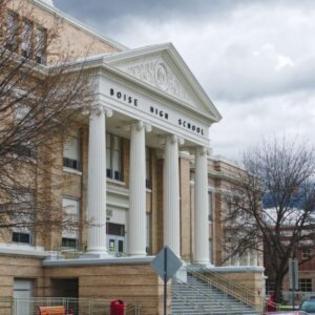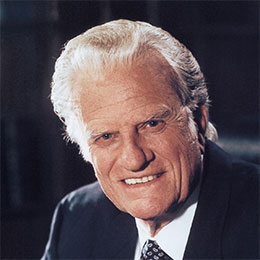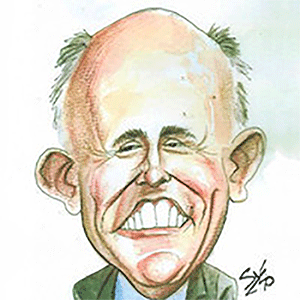Latest Data Reveals Youth Marijuana Use
Published in Cannabis Daily
The government has released data on youth cannabis use – and the numbers are not surprising One of the concerns over legalizing marijuana is use among the under 21, now the latest data reveals youth marijuana use. Despite expanding access, use among young people is not surging. According to the Substance Abuse and Mental Health Services Administration (SAMHSA), past-year marijuana use among individuals aged 12 to 20 declined to 16.7 percent in 2024, the lowest level seen in four years—even as more states legalize cannabis for adults. This finding runs counter to fears legalization would automatically spark a spike in adolescent use. In fact, the report reveals a drop from 17.9 percent in 2021 and 19.2 percent in 2022, signaling a downward trend in youth consumption despite broader adult access. It has long been a talking point of those opposing legalization it will cause youth use to soar, but the federal government consistentl shows a decline in use.
Data from the Centers for Disease Control and Prevention (CDC) reinforce this trend. Their Youth Risk Behavior Survey shows past-month marijuana use among high school students fell from 23 percent in 2013 to 17 percent in 2023, as alcohol use also declined. Another CDC report focusing on early legalizing states—Colorado, Oregon, and Washington—found no uptick in adolescent usage following legalization. These government sources highlight legalization, when paired with education and regulation, does not necessarily translate to increased youth consumption. For further reference, SAMHSA’s National Survey on Drug Use and Health (NSDUH)—which provided these results—is available at SAMHSA.gov. Additionally, youth data from the CDC’s YRBSS (Youth Risk Behavior Surveillance System) offers more granular insights. Fully legalized (recreational + medical): 24 states and the District of Columbia have legalized both medical and recreational marijuana. Medical-only legalization: 40 states permit medical cannabis use, while medical-only laws remain in effect where recreational laws have not been adopted. At the federal level, marijuana remains a Schedule I drug under the Controlled Substances Act, alongside substances like heroin and LSD. But change may be on the horizon. President Trump has confirmed his administration is “looking at” rescheduling marijuana—from Schedule I to Schedule III—and expects to make a determination in the coming weeks. This review follows a prior process initiated belatedly under the Biden administration: in August 2023, the Department of Health and Human Services recommended rescheduling, and the DEA began rulemaking including hearings—though the process is now paused pending appeals. A successful reclassification could pave the way for more medical research, easier banking access for cannabis businesses, and tax benefits for the industry—without fully legalizing marijuana at the federal level.
The Fresh Toast is a daily lifestyle platform with a side of cannabis. For more information, visit www.thefreshtoast.com.
























Comments